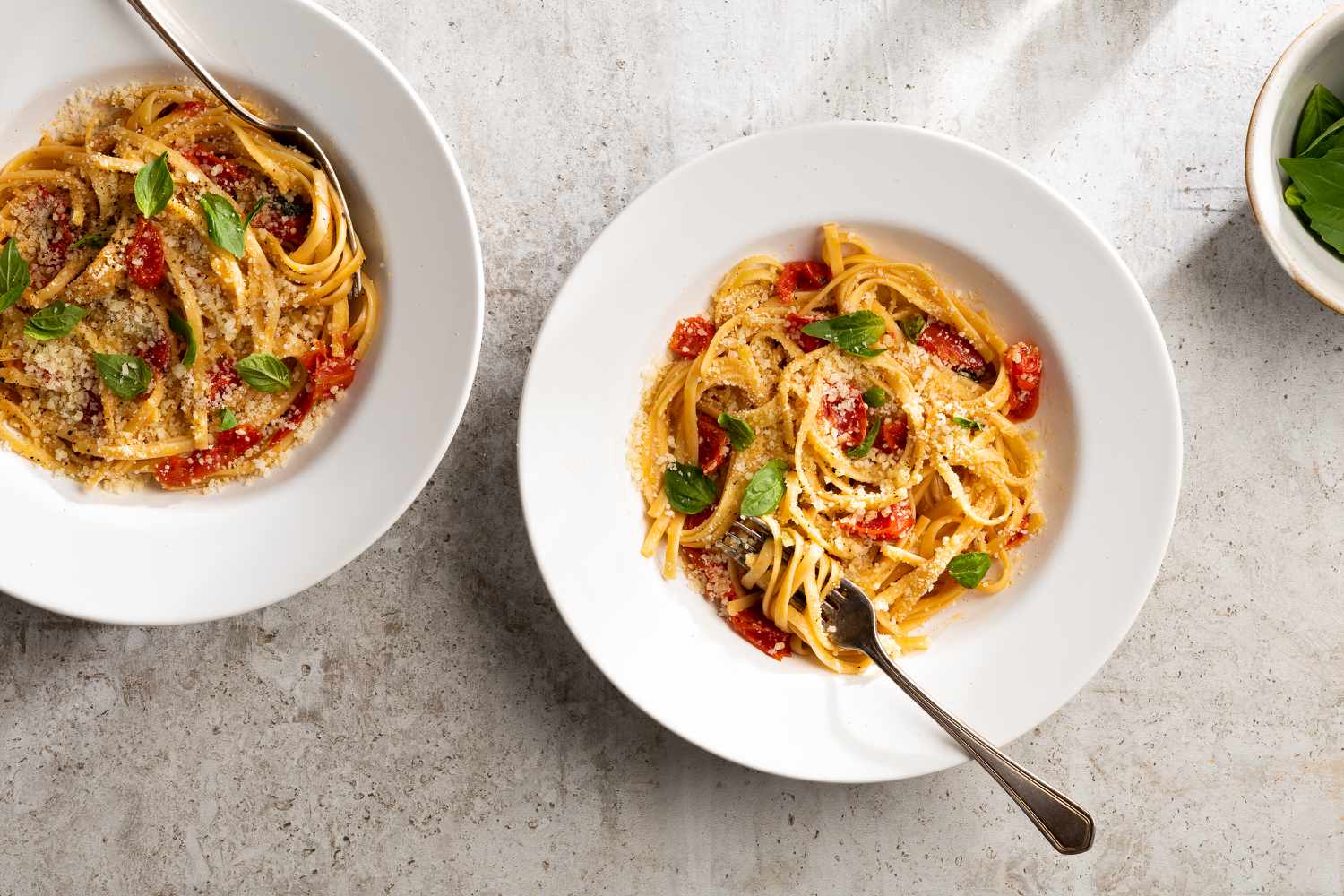
26 interesting facts about Pasta
- 👁️ 353
Pasta, a staple in Italian cuisine, is beloved around the world for its versatility, variety, and delicious taste. Originating from Italy, pasta has made its way into the hearts and dinner tables of people from different cultures and countries. Its history is as rich and diverse as its shapes, with each type offering a unique texture and ability to hold sauces in its own way. From the simplest spaghetti dish to the most intricate stuffed pastas, each bite tells a story of culinary tradition, innovation, and passion. Pasta’s universal appeal lies not just in its taste but also in its ability to be a canvas for a myriad of ingredients, making every pasta dish a unique creation.
- Pasta is traditionally made from durum wheat flour mixed with water or eggs.
- There are over 600 pasta shapes known worldwide.
- The word “pasta” comes from the Italian for paste, referring to the dough mixture.
- The first recorded pasta dish is from the 4th century B.C. in ancient Greece.
- Pasta was brought to Italy by Arab traders in the 8th century.
- The city of Gragnano in Italy is famous for its dried pasta production.
- Tomatoes were not introduced to pasta dishes until the 16th century after the discovery of the Americas.
- Pasta is categorized into two main types: dried (pasta secca) and fresh (pasta fresca).
- Al dente, meaning “to the tooth” in Italian, describes the ideal texture of cooked pasta.
- The largest pasta dish ever made weighed over 7,900 kg (17,417 lbs).
- Italy consumes the highest amount of pasta per capita in the world.
- The first pasta factory in America was opened in Brooklyn, New York, in 1848.
- Spaghetti is the most popular pasta shape in the world.
- Pasta is a good source of carbohydrates and, when whole grain, provides fiber.
- The invention of the pasta machine in the 18th century allowed for the mass production of pasta.
- Pasta dishes are often named after the pasta shape used, such as Penne Arrabbiata.
- In Italy, pasta is traditionally served as a first course (primo), not a main.
- The world’s longest pasta measured 3,776.5 meters (12,388 ft 4 in).
- Ravioli, a type of stuffed pasta, dates back to the 14th century.
- The traditional Italian way to test pasta’s doneness is to throw it against the wall; if it sticks, it’s ready.
- Pasta carbonara, a popular dish, originally comes from Rome and features eggs, cheese, pancetta, and pepper.
- The first documented recipe for pasta with tomato sauce dates back to 1839.
- Lasagna is one of the oldest types of pasta.
- Pasta is considered a symbol of Italian identity and culture.
- October 25th is World Pasta Day.
- The largest bowl of pasta was prepared in Poland in 2015 and contained over 17,000 lbs of pasta.
Pasta has woven its way into the fabric of culinary history, offering a testament to its enduring appeal and adaptability. From humble beginnings to becoming a global phenomenon, pasta proves that simple ingredients can be transformed into an extraordinary range of dishes. Its ability to bring people together, crossing cultural and geographical boundaries, is a true celebration of food’s universal language. With every forkful, pasta continues to tell stories of tradition, creativity, and the simple joy of eating.
Pasta, a staple in Italian cuisine, is beloved around the world for its versatility, variety, and delicious taste. Originating from Italy, pasta has made its way into the hearts and dinner tables of people from different cultures and countries. Its history is as rich and diverse as its shapes, with…